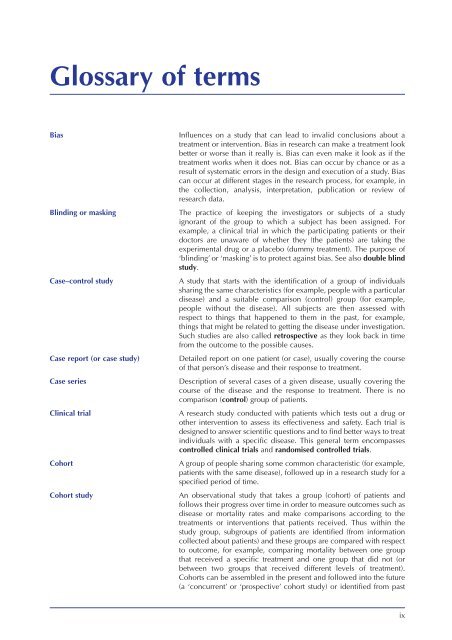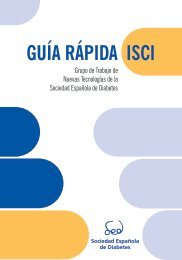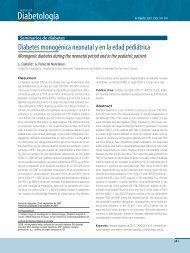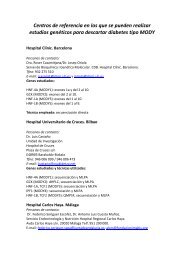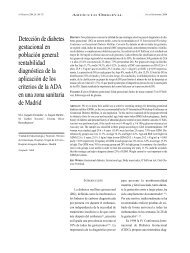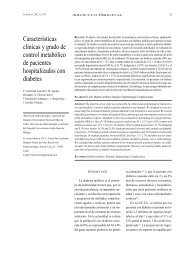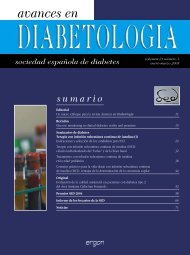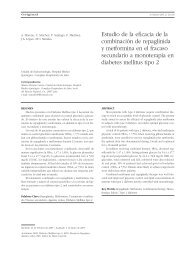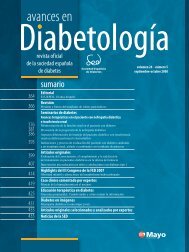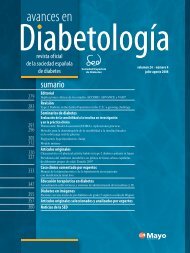You also want an ePaper? Increase the reach of your titles
YUMPU automatically turns print PDFs into web optimized ePapers that Google loves.
Glossary of termsBiasBlinding or maskingCase–control studyCase report (or case study)Case seriesClinical trialCohortCohort studyInfluences on a study that can lead to invalid conclusions about atreatment or intervention. Bias in research can make a treatment lookbetter or worse than it really is. Bias can even make it look as if thetreatment works when it does not. Bias can occur by chance or as aresult of systematic errors in the design and execution of a study. Biascan occur at different stages in the research process, for example, inthe collection, analysis, interpretation, publication or review ofresearch data.The practice of keeping the investigators or subjects of a studyignorant of the group to which a subject has been assigned. Forexample, a clinical trial in which the participating patients or theirdoctors are unaware of whether they (the patients) are taking theexperimental drug or a placebo (dummy treatment). The purpose of‘blinding’ or ‘masking’ is to protect against bias. See also double blindstudy.A study that starts with the identification of a group of individualssharing the same characteristics (for example, people with a particulardisease) and a suitable comparison (control) group (for example,people without the disease). All subjects are then assessed withrespect to things that happened to them in the past, for example,things that might be related to getting the disease under investigation.Such studies are also called retrospective as they look back in timefrom the outcome to the possible causes.Detailed report on one patient (or case), usually covering the courseof that person’s disease and their response to treatment.Description of several cases of a given disease, usually covering thecourse of the disease and the response to treatment. There is nocomparison (control) group of patients.A research study conducted with patients which tests out a drug orother intervention to assess its effectiveness and safety. Each trial isdesigned to answer scientific questions and to find better ways to treatindividuals with a specific disease. This general term encompassescontrolled clinical trials and randomised controlled trials.A group of people sharing some common characteristic (for example,patients with the same disease), followed up in a research study for aspecified period of time.An observational study that takes a group (cohort) of patients andfollows their progress over time in order to measure outcomes such asdisease or mortality rates and make comparisons according to thetreatments or interventions that patients received. Thus within thestudy group, subgroups of patients are identified (from informationcollected about patients) and these groups are compared with respectto outcome, for example, comparing mortality between one groupthat received a specific treatment and one group that did not (orbetween two groups that received different levels of treatment).Cohorts can be assembled in the present and followed into the future(a ‘concurrent’ or ‘prospective’ cohort study) or identified from pastix


